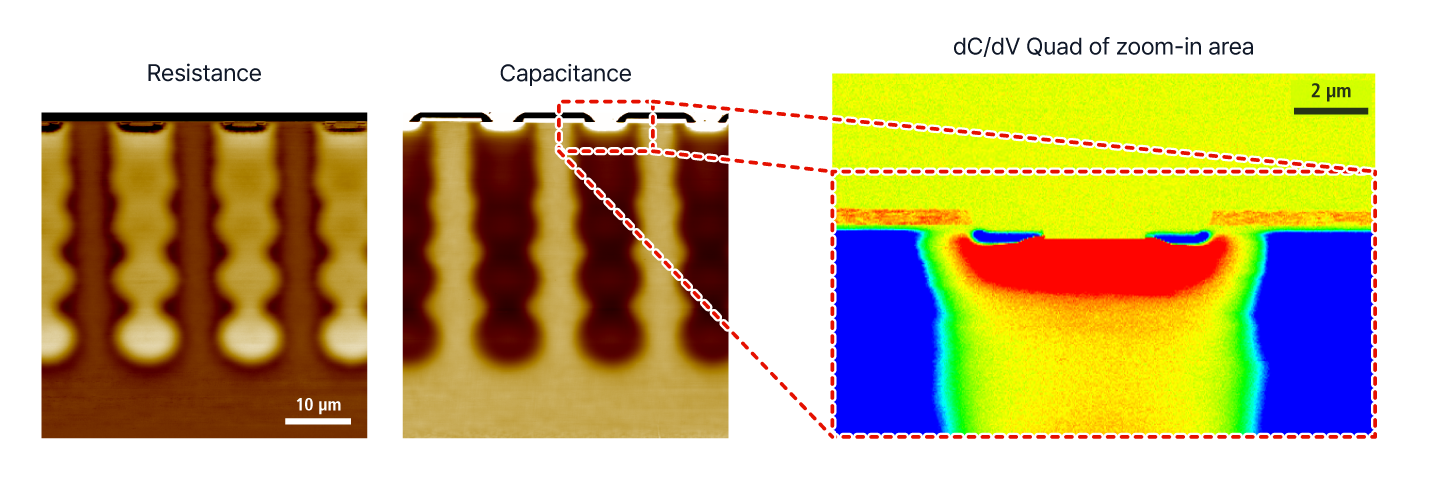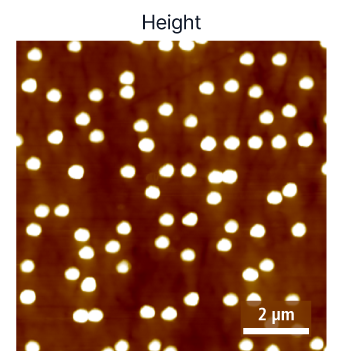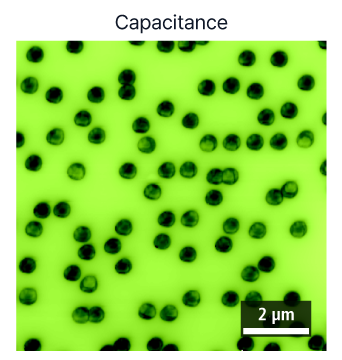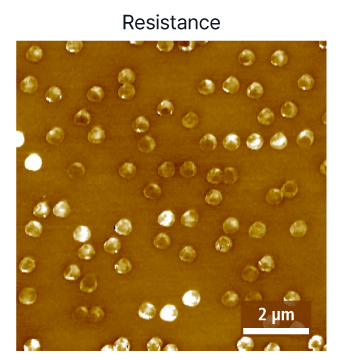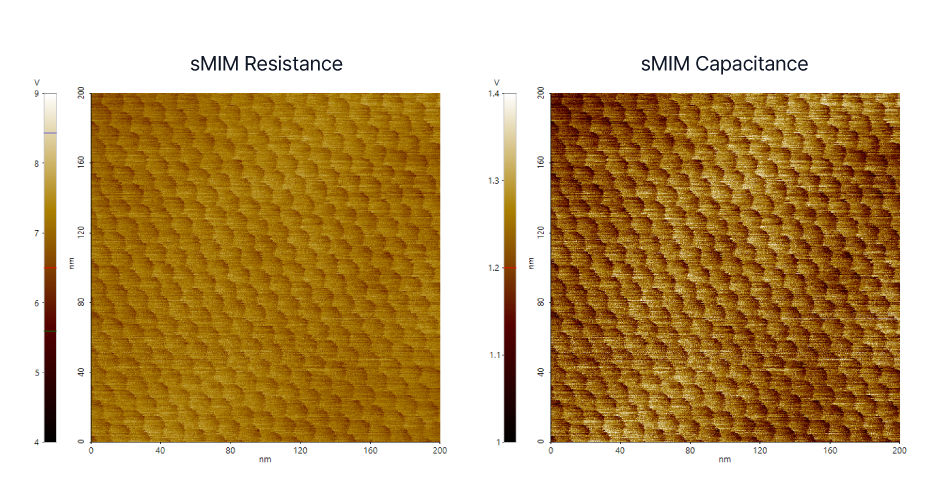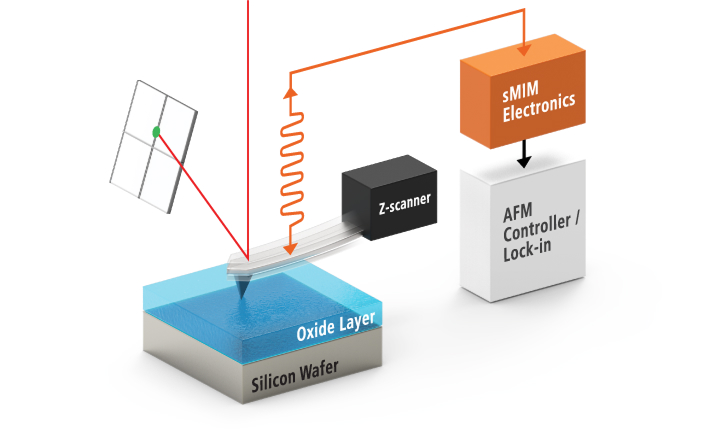
Special Modes
Scanning Microwave Impedance Microscopy (sMIM)
Unlock the Power of sMIM to Advance Electrical Property Analysis for Scientific Research
x

Unlock the Power of sMIM to Advance Electrical Property Analysis for Scientific Research
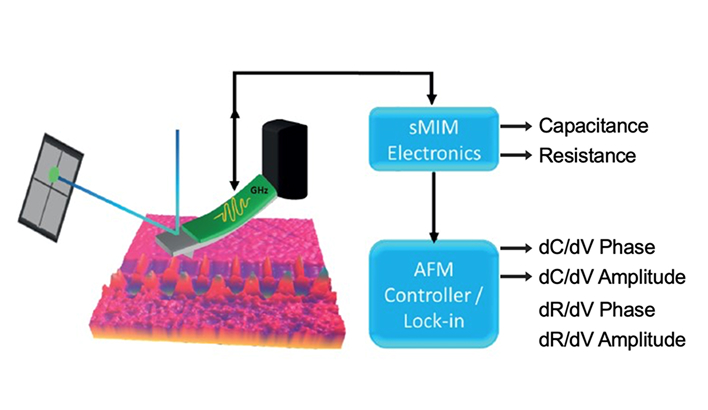
Utilizes ~3 GHz microwave frequency to deliver high-precision measurements.
Reduces stray coupling, ensuring data reliability.
Provides detailed imaging of materials, ensuring accurate data acquisition.
Requires no electrical connection to the sample, enabling the study of delicate and insulating materials.
Measures dielectric constant, capacitance, resistivity, and dopant concentration.
